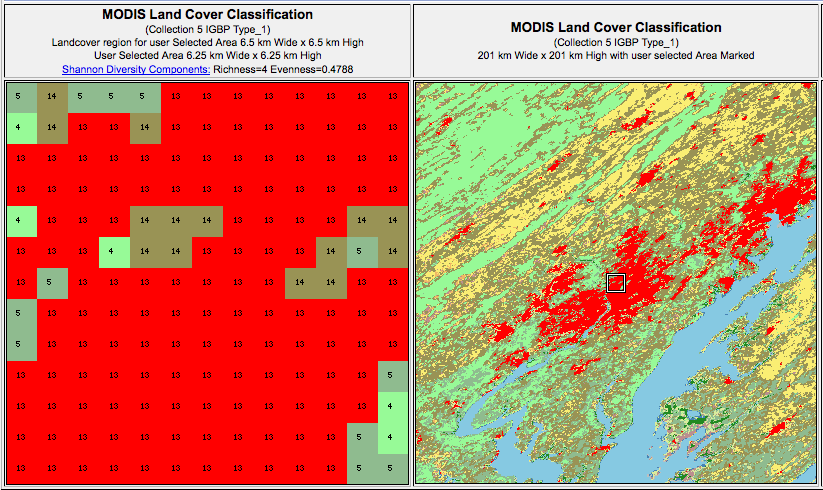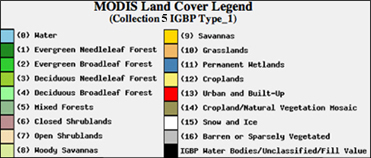| Chevy Chase, MD |
| Return to Regional/National map |
| County: Montgomery |
State: MD |
|
| Active Since: 2007 |
Observer: Breen |
| Lat/Long: 38.9, -77.1 |
Landsat WRS Path/Row: 15/33 |
| MODIS TIle V/H: 5/12 |
MODIS Line, Samp: 123.28, 5.82 |
Site/Hive Description:
Located in an urban residential neighborhood with mature hardwoods. The site is within a 1940’s-era development with lots about one-third acre in size. Wooded creeks and railroad right-of-way converted to bike paths nearby containing many mature Tulip Poplar, Black Locust, wild cherry, and oaks. Exotics (e.g. Japanese Cherry) are also common in residential areas. This site was formerly the USDA Agruicultural Research Station, where Hambleton’s 1922/23 observations were made. The planned residential development at the site in the 1930-1940 time period necessitated the move to the present USDA-BARC (Beltsville) location. Topographically elevated with respect to surrounding area, with an elevation of 300 ft. Scale: Refurbished Fairbanks 1903 model 11 1/2, 0.25 lb divisions. Weights maintained 3/07. The John Deere colors help it work better.
|
|
|
|
MODIS Subset Data (from the ORNL DAAC)
Red dots are the average of all pixels with acceptable quality (see landcover extract below for area covered).
Blue dots are the center pixel only (point is not plotted if the pixel is of unacceptable quality). |
| | | |
| NDVI The Normalized Difference Vegetation Index (NDVI) is the ratio of the difference between visible (red) and infra-red (IR) wavebands to the sum of these bands.
NDVI = nir - red / nir + red
NDVI provides an indication of the amount and vigor of vegetated surfaces.
NDVI has been widely used with multiple generations of satellite data.
|
 |
EVI
The Enhnaced Vegetation Index (EVI) is a more complicated combination of wavebands compared to the more widely used index, NDVI. The advantage of this newer index is improved sensitivity in high biomass regions and reduction in atmospheric influences.

where,
pNIR = NIR reflectance
pRed = red reflectance
pBlue = blue reflectance
C1 = atmosphere resistance red correction coefficient
C2 = atmosphere resistance blue correction coefficient
L = canopy background brightness
G = gain factor
|
|
The MODIS sensor on the Terra satellite platform provides us with 16-day composite measures of NDVI/EVI throughout the year. NASA distributes MODIS data from many of their distributed data centers.
|
|
|
|
MODIS Land Cover


MODIS Data Subset Citation:
Oak Ridge National Laboratory Distributed Active Archive Center (ORNL DAAC). 2007. MODIS subsetted land products, Collection 4. Available on-line [http://www.daac.ornl.gov/MODIS/modis.html] from ORNL DAAC, Oak Ridge, Tennessee, U.S.A.. |
|
| |
| |
|